Lawn Mowing Best Practices

Mowing early in the morning helps prevent heat stress and allows the grass to recover during the day.
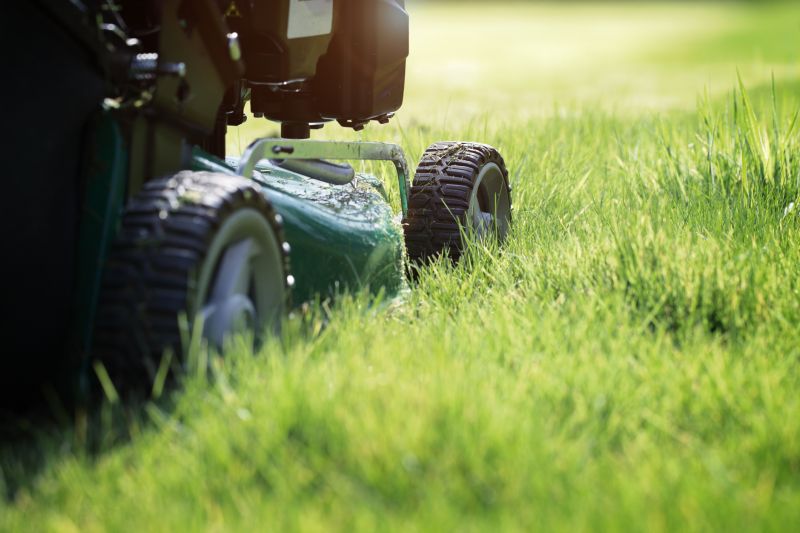
Late afternoon mowing offers cooler temperatures and less stress on the lawn, promoting healthy growth.
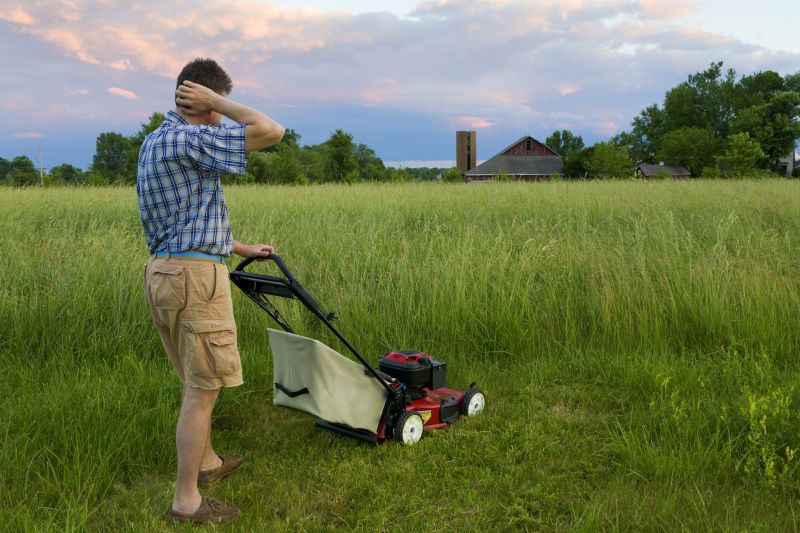
Midday mowing is generally discouraged due to higher temperatures which can damage grass and stress the mower.
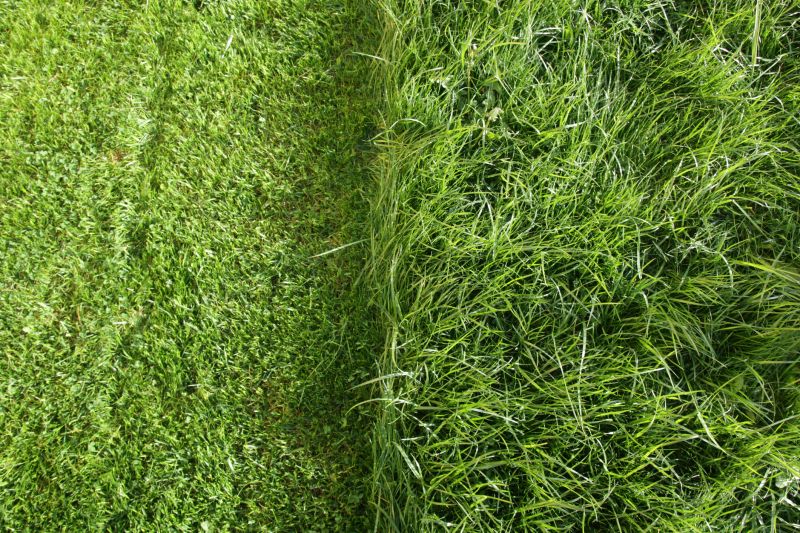
Weekends are ideal for mowing as they provide ample time for grass to recover before the next session.
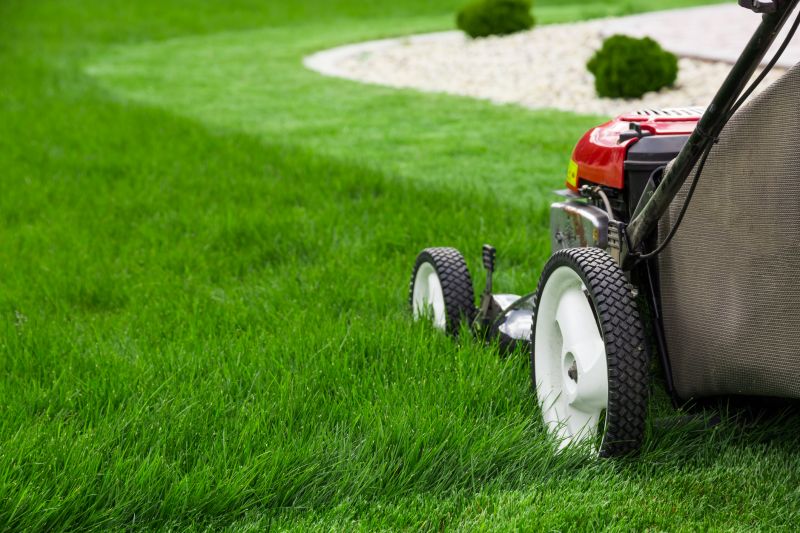
Spring and early summer are prime times for mowing, with frequency depending on grass growth rates.

Mowing should be avoided during rain or when the grass is wet to prevent damage and uneven cuts.
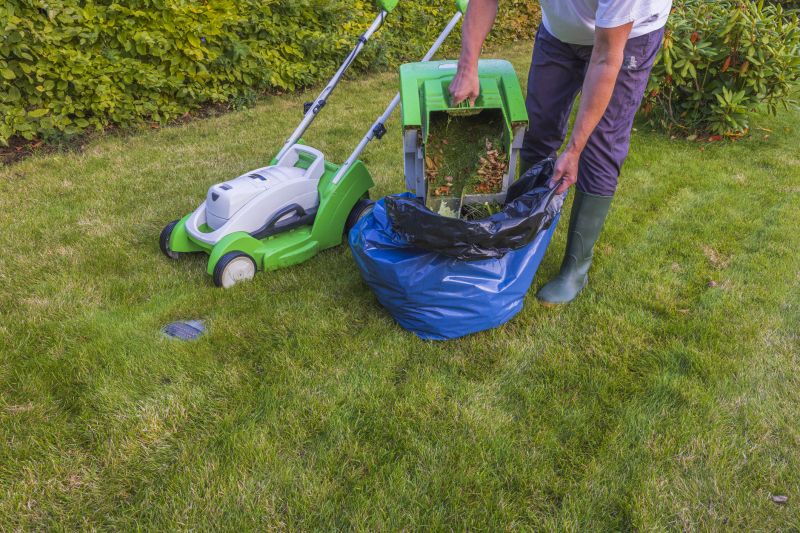
Ways to make Lawn Mowings work in tight or awkward layouts.

Popular materials for Lawn Mowings and why they hold up over time.

Simple add-ons that improve Lawn Mowings without blowing the budget.
Lawn mowing is a crucial aspect of maintaining a healthy and attractive yard. Proper mowing practices can enhance grass density, improve appearance, and promote disease resistance. The optimal mowing schedule varies based on grass type, weather conditions, and growth rate. Typically, mowing once a week during active growing seasons supports a lush, uniform lawn. Cutting height is also important; maintaining the right grass height encourages strong root development and prevents weed invasion.
Statistics show that regular mowing can increase grass health and resilience. For example, cutting grass to a height of about 2.5 to 3 inches encourages deeper roots and better drought tolerance. Over-mowing or cutting too short can weaken the grass, making it more susceptible to pests and disease. Conversely, infrequent mowing allows the grass to grow too tall, leading to thatch buildup and uneven appearance. Adjusting mowing frequency based on growth conditions ensures optimal lawn health.
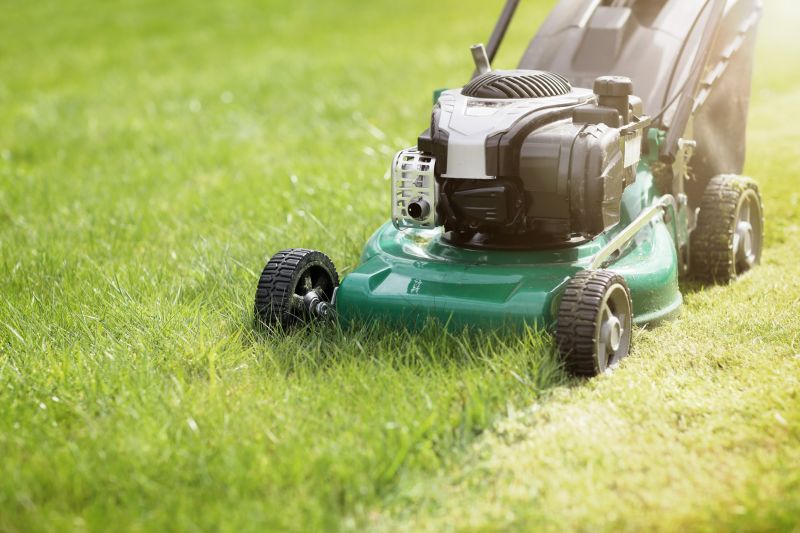
Using sharp blades and proper equipment ensures clean cuts and reduces stress on the grass.
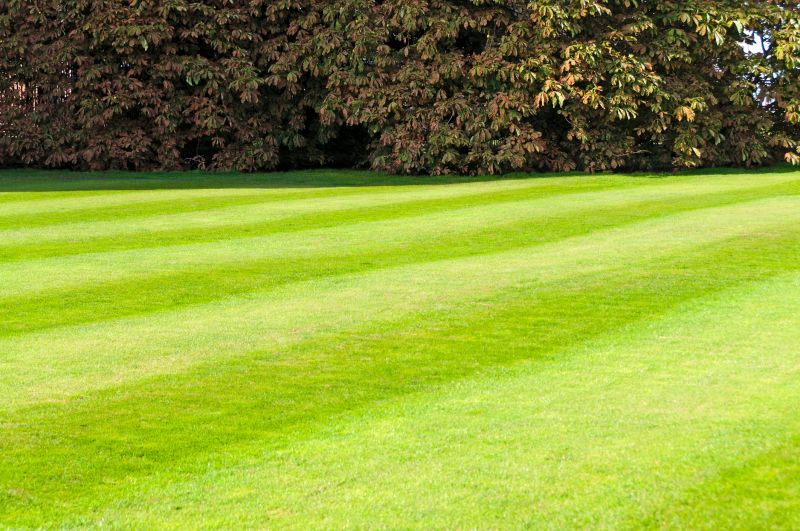
A well-maintained lawn features evenly cut grass, vibrant color, and uniform height.
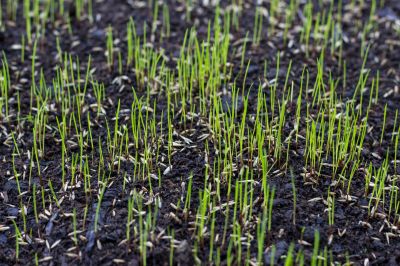
Understanding growth stages helps determine the best mowing times and frequencies.

Weather significantly influences grass growth and the ideal mowing schedule.

Changing mowing patterns prevents soil compaction and promotes even growth.
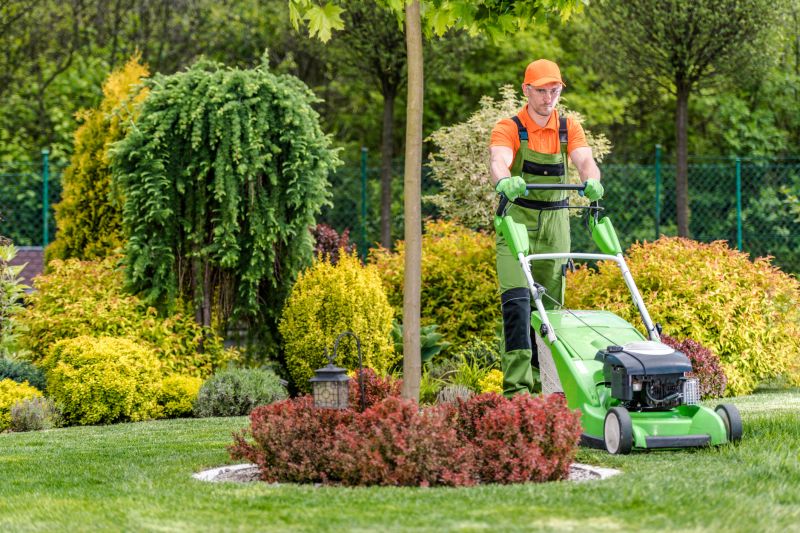
Different grass types have specific mowing height and frequency requirements.

Proper tools and equipment are essential for efficient and effective mowing.
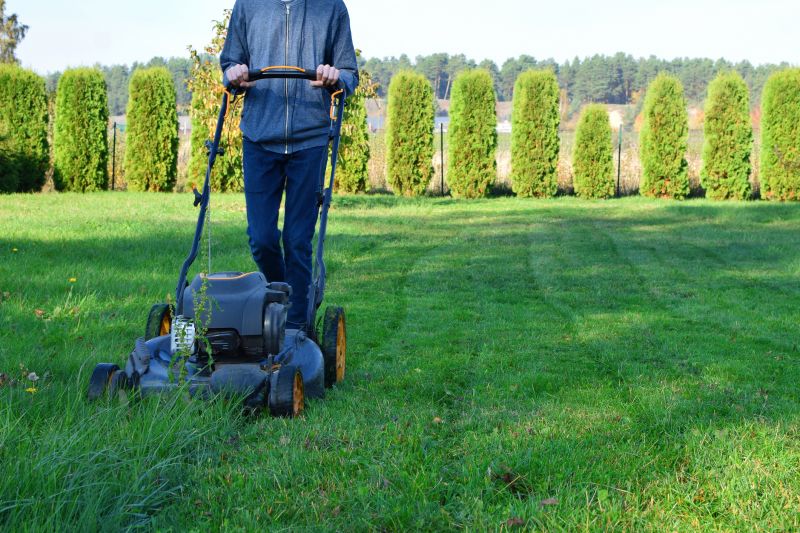
High-end options that actually feel worth it for Lawn Mowings.
| Best Mowing Time | Recommended Practice |
|---|---|
| Early Morning | Mow when temperatures are cooler to reduce stress on grass. |
| Late Afternoon | Ideal for avoiding midday heat and allowing recovery. |
| Spring and Summer | Increase mowing frequency as grass growth accelerates. |
| After Rain | Wait until grass is dry to prevent clumping and uneven cuts. |
| Before Drought Periods | Mow slightly higher to retain soil moisture. |

A professional mowing service maintaining a well-kept lawn.
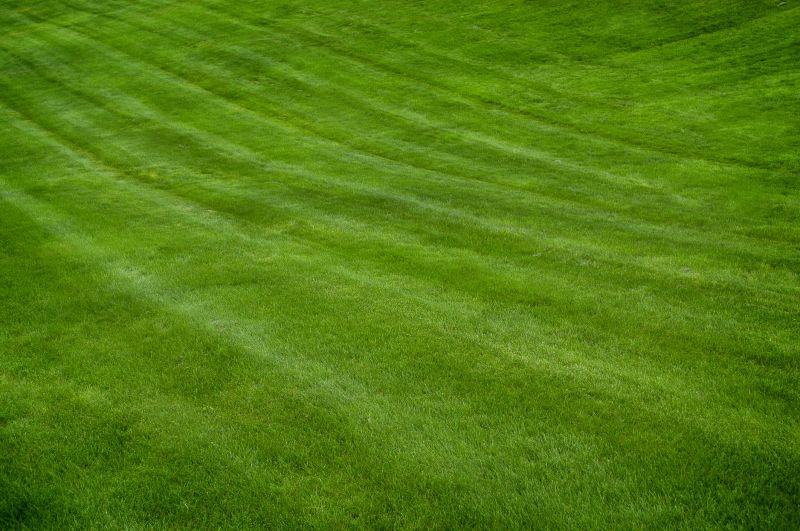
Healthy, evenly cut grass indicating proper mowing practices.
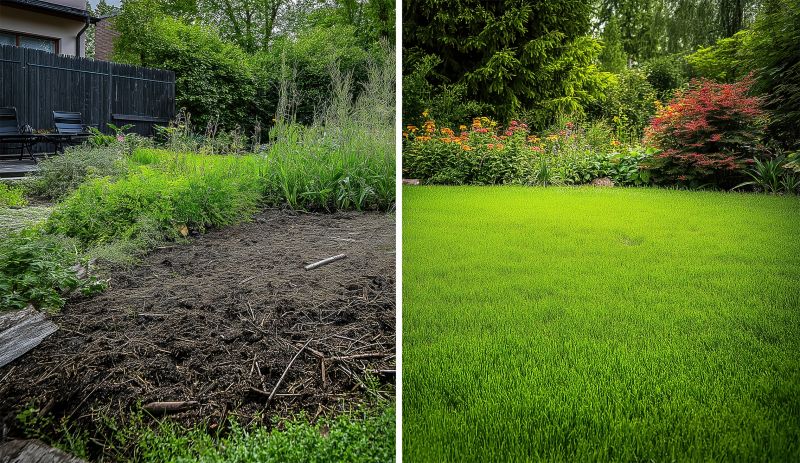
Transformations showcasing the benefits of regular mowing.
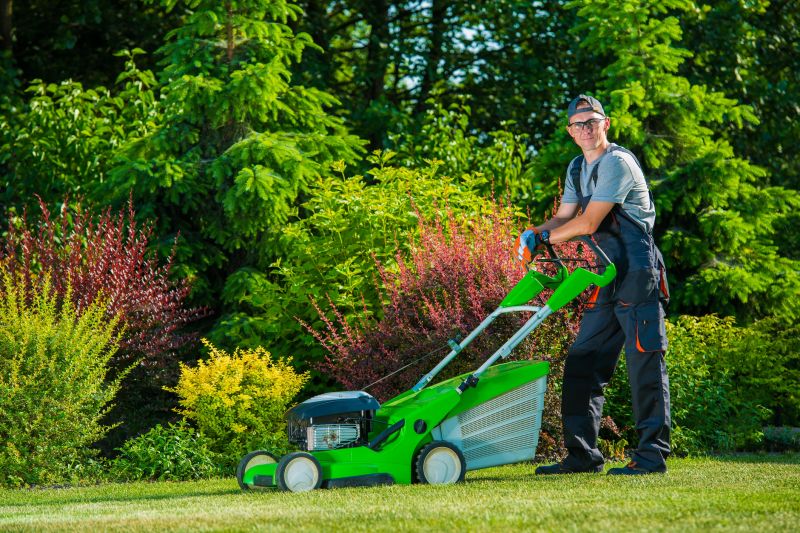
High-quality equipment used for precise and efficient lawn care.

Finishes and colors that play nicely with Lawn Mowings.
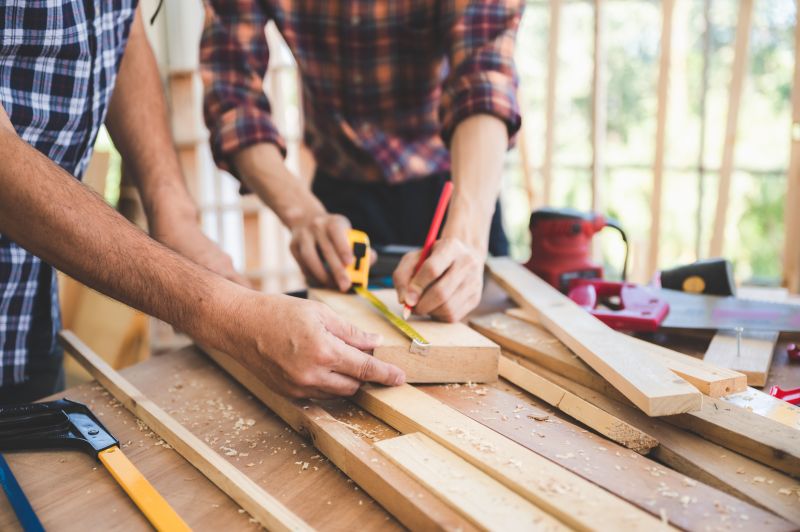
Little measurements that prevent headaches on Lawn Mowings day.
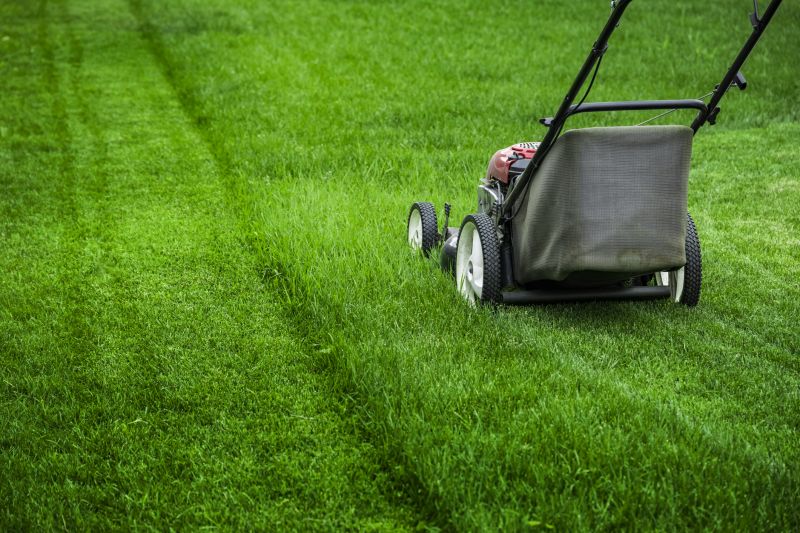
A 60-second routine that keeps Lawn Mowings looking new.
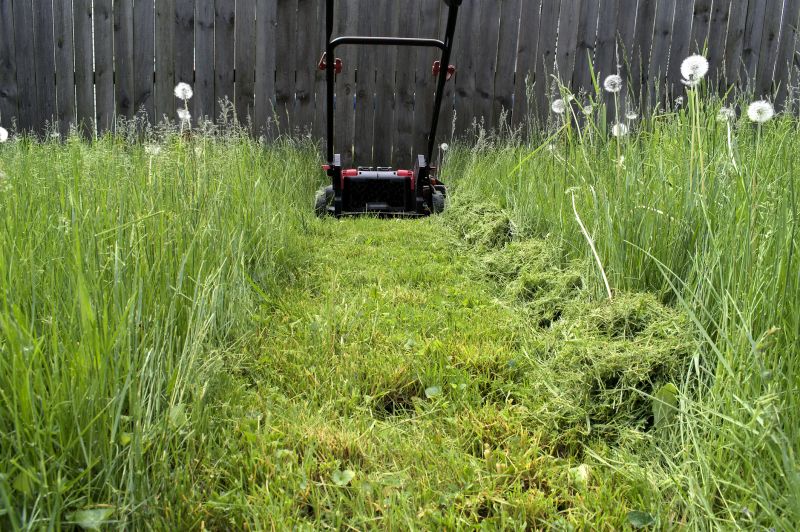
A frequent mistake in Lawn Mowings and how to dodge it.
Interested in professional lawn mowing services to keep a yard looking its best? Filling out the contact form provides an easy way to request more information or schedule a service tailored to specific lawn needs.
Small tweaks to make Lawn Mowings safer and easier to use.
Lower-waste or water-saving choices for Lawn Mowings.
The short, realistic tool list for quality Lawn Mowings.
